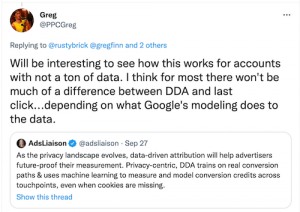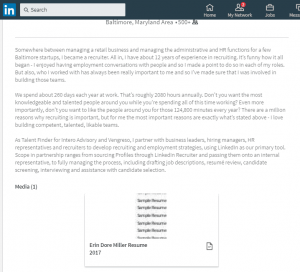Deloitte’s latest retail holiday sales forecast is projecting as much as $ 965 billion in sales between November and January, a 4 percent increase over last year’s shopping season (excluding motor vehicles and gas). Many other sources are consistently positive. August’s increase was in line with economists’ expectations, but was below expectations. I While seasonal hiring is expected to be similar to last year where 755,000 jobs were added, it doesn’t diminish the importance of this hiring season. One of the best ways to ensure success pre-Black Friday through January is by hiring seasonal employees that not only meet the holiday seasonal needs, but enhance the customer experience whether all in store or omnichannel combinations.
Many retailers have already made and publicized their hiring plans, and following are a few specific actions that can be taken to improve the upcoming holiday selling season.
Consider these three keys to unlocking the power of a seasonal workforce:
- Think of the seasonal employee as a long-term investment
When retailers approach seasonal hiring as though it’s a quick fix to address increased volume, they don’t consider the ripple effect. To improve the customer experience, retailers must improve the internal customer or employee experience. Competition for store employees remains fierce. Retailers need to leverage their workforce management systems to get a clear view of their coverage gaps by location, department, job, skill requirements, and day of week and time of day. With detailed coverage needs identified, job descriptions and postings can be very specific and detailed — which helps to ensure that applicants are aware of the retailer’s needs and if they are a match.
Retailers then need to ensure that employees, once onboarded, are and remain engaged. Technology solutions help with dynamic scheduling and mobile access and interaction, as well as by improving communication and flexibility in work-life balance. A retailer shouldn’t forget that their brand is created and reinforced by employees’ experience working there – whether three months or three years – and the impressions these employees share with their communities and networks significantly impacts brand equity.
- Follow fair scheduling practices
It can be easy for retailers to get caught up in monitoring the ebb and flow of in-store sales and to lose sight of the service levels that are an outcome of employee experience. If seasonal associates are treated like machines to be time-task studied and engineered, performance and profitability will suffer.
Leading retailers approach their store associates as individuals with lives outside of work. They treat seasonal employees with the same care as their non-seasonal employees. This includes supporting a positive culture with the appropriate interactive and engaging systems and solutions that acknowledge the importance of the employee. It means eliminating the old practice of “call-in/off” shifts which keep employees on edge and unable to properly plan outside of work. Unpredictability and unfairness are a result of improper scheduling solutions and poor planning. Better planning reduces the need for call-ins, and use of better scheduling solutions addresses employees’ desire for predictability. When employees are treated fairly, they can better focus on performing well on the job.
- Prepare and communicate
For many retailers, the hours of operation may be dictated by mall ownership; other retailers may have the flexibility to set special promotional days or hours. What is most important is to keep employees and the workforce management systems up-to-date with this information. This enables the technology to do what it’s supposed to do – anticipate and plan for different volumes, cycles and workforce demands. It also eliminates the unpopular need for “Plan B – call in shifts.
The stores are there to make a profit. Focusing management and employees on peak periods/power hours and on store performance enables stores to efficiently hit their targets and goals. This is where schedule coverage and efficiency come into play. New and derived key performance indicators help associates see how well they are covering the floor, serving customer demands, and managing the budgets. Associates and managers also gain clear sight to the degree they reinforce and consistently deliver on the brand promise and operational standards. As a result, they are better prepared, more confident, and achieve a sense of higher purpose in what they do.
Retailers should take this opportunity, as many already do, to turn seasonal employees into valuable post-season employees. After all, it is ultimately the employees who drive revenue by delivering a positive customer experience during the holiday season and beyond.
Business & Finance Articles on Business 2 Community(77)





